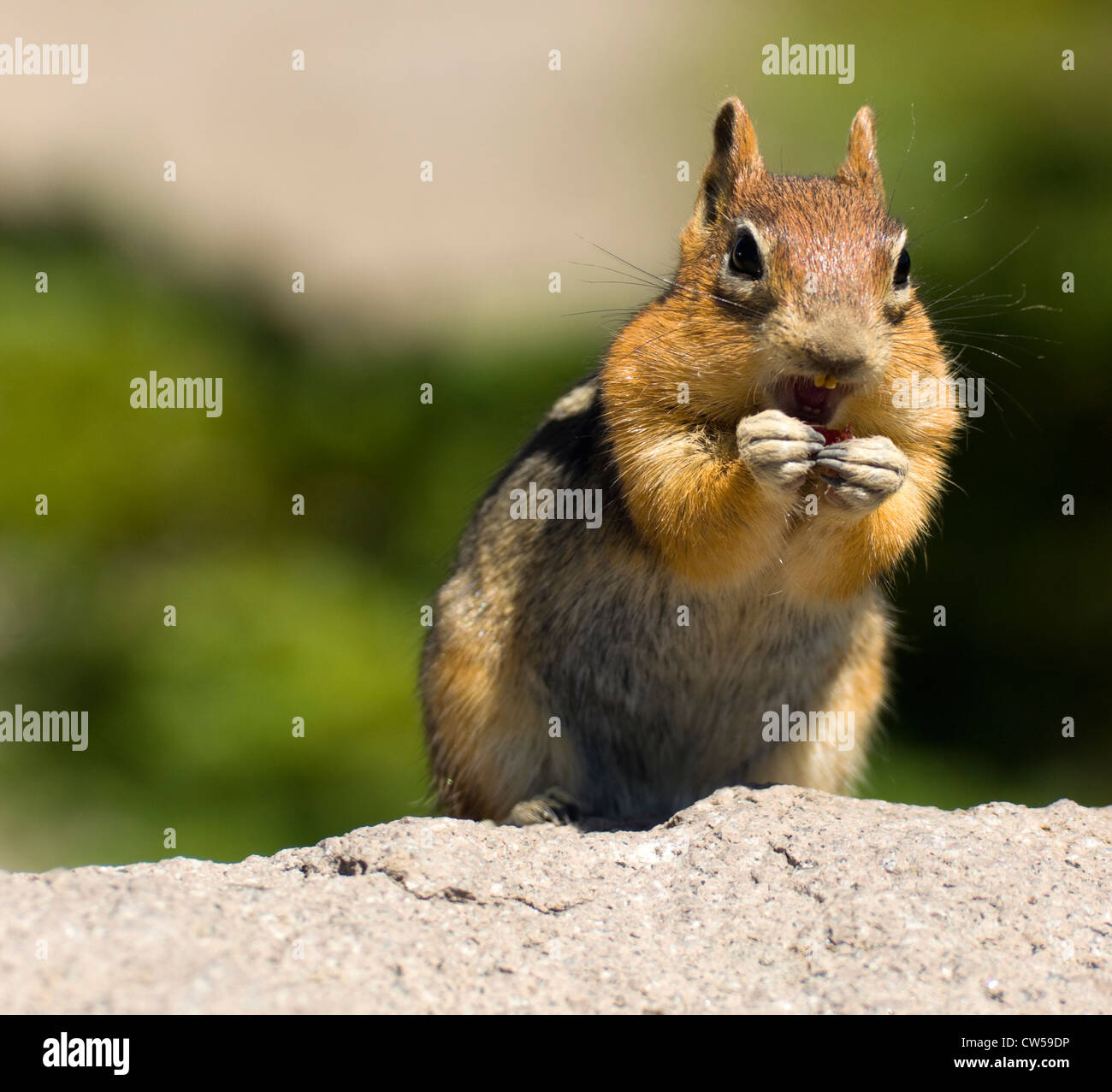
An encounter with a chipmunk often provides a child with a captivating first experience of a wild mammal in its natural setting. They are not hard to approach or photograph. They charm campers and hikers by their small size, their boldness in search of food, and their constant busyness. Stands of tall, mature trees with no plants on the shady forest floor are unsuitable.Ĭhipmunks are fun to watch. Immature forests and the edges of forests near clearings, streams, ravines, and logging roads provide ample cover. Most of them live in burrows and gather food on the ground, generally in areas where there are enough rocks, bushes, fallen logs, and piles of brush to shelter them from predators as they scamper about. Back to top Habitat and HabitsĪll species of chipmunks in Canada live in forested areas. Some scientists think that it may also be the mating call of the female chipmunk. This scolding noise is often made by a chipmunk watching an intruder from a safe vantage point. Also, chipmunks frequently call with a high-pitched chip or chuck repeated over and over at intervals of one or two seconds. Perhaps this sudden burst of noise startles predators, helping the chipmunk to escape.
#CHIPMUNK TEETH SERIES#
For example, when a chipmunk is startled, it runs quickly along the ground giving a rapid series of loud chips and squeaks. People walking in the woods do not always realize that they are hearing chipmunks, for some of the cries that chipmunks make are like bird chirps.īiologists have not yet determined the meaning of all the chipmunk’s many calls. The eastern chipmunk is between 20 and 30 cm long, and western species are 16 to 28 cm long.Ĭhipmunks are quite vocal. The eastern chipmunk is large (up to 125 g) with a relatively short tail (about one-third of the total length from its nose to the tip of its tail), whereas western chipmunks are smaller (about 55 g) with a relatively longer tail (nearly half the total length from its nose to the tip of its tail).

The red-tailed chipmunk is the most brightly coloured of the western species.

The western chipmunk species are arrayed in shades of grey, brown, reddish, white, and buff and share a distinctive pattern of black, pale grey, and buff stripes, although in the Townsend’s chipmunk the colour contrasts of the stripes are masked by a warm brown overall wash. The eastern chipmunk is a colourful and attractive rodent with bright russet on its hips, rump, and tail black, grey, and white stripes on its back brown, grey, and buff on its head white underparts and brown feet. Ground squirrels do not have markings on the head. They can be confused with some of the striped ground squirrels, but chipmunks are smaller, and have facial markings and five dark stripes on their backs, including a distinct, central line that extends forward onto the head. Chipmunks Tamias are easily recognized by the light and dark stripes on the back and head.


 0 kommentar(er)
0 kommentar(er)
